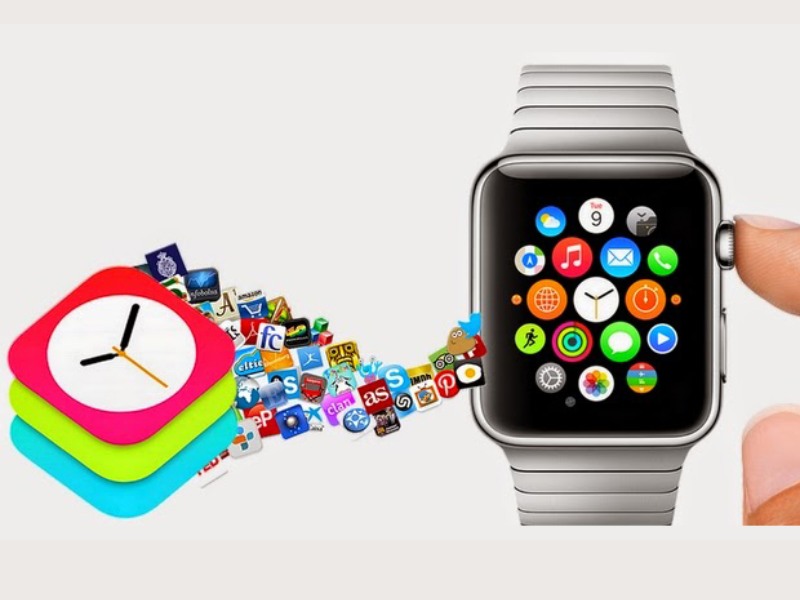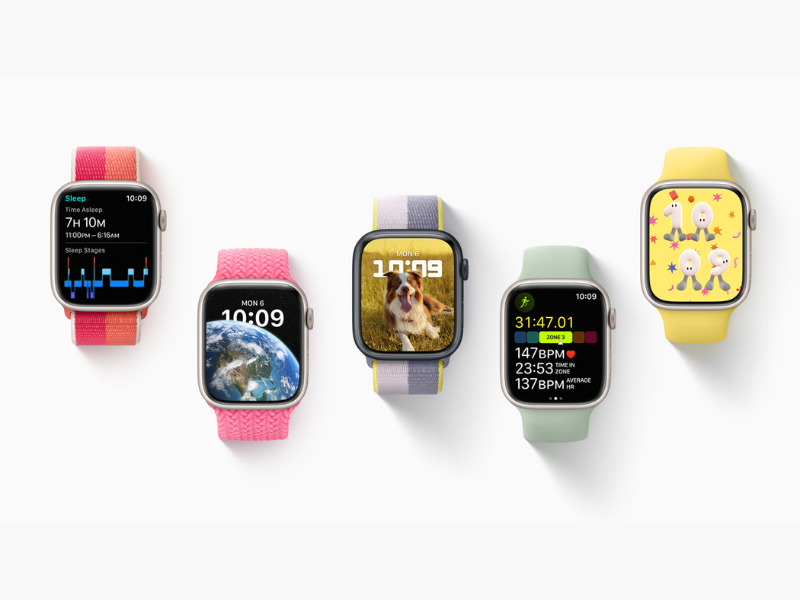The Apple Watch has become an integral part of our lives, revolutionizing the way we interact with technology on a daily basis. Behind the seamless user experience lies a world of opportunities for developers – WatchOS development. In this article, we will delve into the intricacies of WatchOS development, exploring its features, benefits, and the steps to create your own innovative apps for the Apple Watch.

Whether you are an experienced developer or taking your first steps into wearable technology, this comprehensive guide will equip you with everything you need to know about WatchOS development.
WatchOS Development: Exploring the Possibilities
WatchOS development offers a multitude of possibilities for developers and entrepreneurs alike. From creating standalone apps to extending the functionality of existing iOS apps, the Apple Watch serves as a powerful platform for innovation. Let’s take a closer look at the key areas of WatchOS development.

1. Extending iOS Apps to the Apple Watch:
With WatchOS development, developers can seamlessly extend the functionality of their existing iOS apps to the Apple Watch. By leveraging the power of complications, Glances, and notifications, developers can provide users with quick access to relevant information and actions right on their wrists. For example, a weather app can display real-time temperature and weather conditions, while a fitness app can track workout progress and provide personalized insights.
2. Creating Native Apple Watch Apps:
WatchOS development allows developers to create native Apple Watch apps that run independently of their corresponding iPhone apps. This opens up new possibilities for creating tailored experiences specifically designed for the Apple Watch. Developers can leverage the unique features of the Apple Watch, such as the Digital Crown and Force Touch, to create intuitive and immersive user interfaces. Whether it’s a productivity app, a smart home controller, or a health tracker, the Apple Watch offers a platform for limitless creativity.
3. Designing Complications:
Complications are a key feature of WatchOS development that allows developers to display relevant information from their apps on the watch face. Users can customize their watch faces with a wide range of complications, such as weather, calendar, fitness, and more. By designing compelling complications, developers can provide users with at-a-glance access to the information they need most. The ability to create complications opens up a whole new dimension of personalization and utility for Apple Watch users.
4. Leveraging Health and Fitness Data:
The Apple Watch is renowned for its health and fitness capabilities, and WatchOS development enables developers to tap into this wealth of data. By integrating with HealthKit, developers can access and analyze users’ health and fitness data, enabling them to create personalized and insightful experiences. From tracking heart rate during workouts to monitoring sleep patterns, the Apple Watch can serve as a powerful companion for users on their health and fitness journey.
5. Utilizing Siri and Voice Interactions:
WatchOS development empowers developers to leverage the power of Siri and voice interactions on the Apple Watch. By integrating with SiriKit, developers can enable users to perform tasks, make requests, and get information using their voice. This hands-free experience adds convenience and accessibility to Apple Watch apps, allowing users to interact naturally and intuitively. From sending messages to ordering a ride, the possibilities are endless with voice-enabled WatchOS apps.
Frequently Asked Questions (FAQs)

Q: Can I develop WatchOS apps without any prior iOS development experience? A: While prior iOS development experience can be beneficial, it is not a prerequisite for WatchOS development. WatchOS development has its own unique set of tools and frameworks, and Apple provides comprehensive documentation and resources to get started. With dedication and the willingness to learn, anyone can embark on their WatchOS development journey.
Q: What programming languages are used in WatchOS development? A: WatchOS development primarily requires knowledge of Swift, Apple’s modern programming language for iOS, macOS, watchOS, and more. Familiarity with Apple’s development tools, such as Xcode, is also essential. Apple’s developer documentation and online resources provide a wealth of information to assist in learning these languages and tools.
Q: Is WatchOS development limited to creating standalone apps? A: No, WatchOS development is not limited to creating standalone apps. Developers can extend the functionality of their existing iOS apps by adding support for the Apple Watch. This integration allows users to seamlessly transition between their iPhone and Apple Watch, providing a cohesive and intuitive user experience.
Q: How can I distribute my WatchOS app to users? A: WatchOS apps can be distributed through the App Store, providing developers with a global platform to reach millions of users. Apple has streamlined the app submission process, ensuring a smooth experience for developers and users alike. Leveraging the App Store, developers can showcase and monetize their WatchOS apps, making their creations accessible to a vast audience.
Conclusion
WatchOS development unlocks the potential of the Apple Watch, offering a world of opportunities for developers and entrepreneurs. Whether you are extending the functionality of your iOS apps, creating native Apple Watch apps, or designing compelling complications, WatchOS development allows you to tap into the power of wearable technology.
By leveraging the unique features of the Apple Watch, integrating with health and fitness data, and utilizing voice interactions, developers can create innovative and personalized experiences. Embark on your WatchOS development journey today and be a part of the future of wearable technology.
